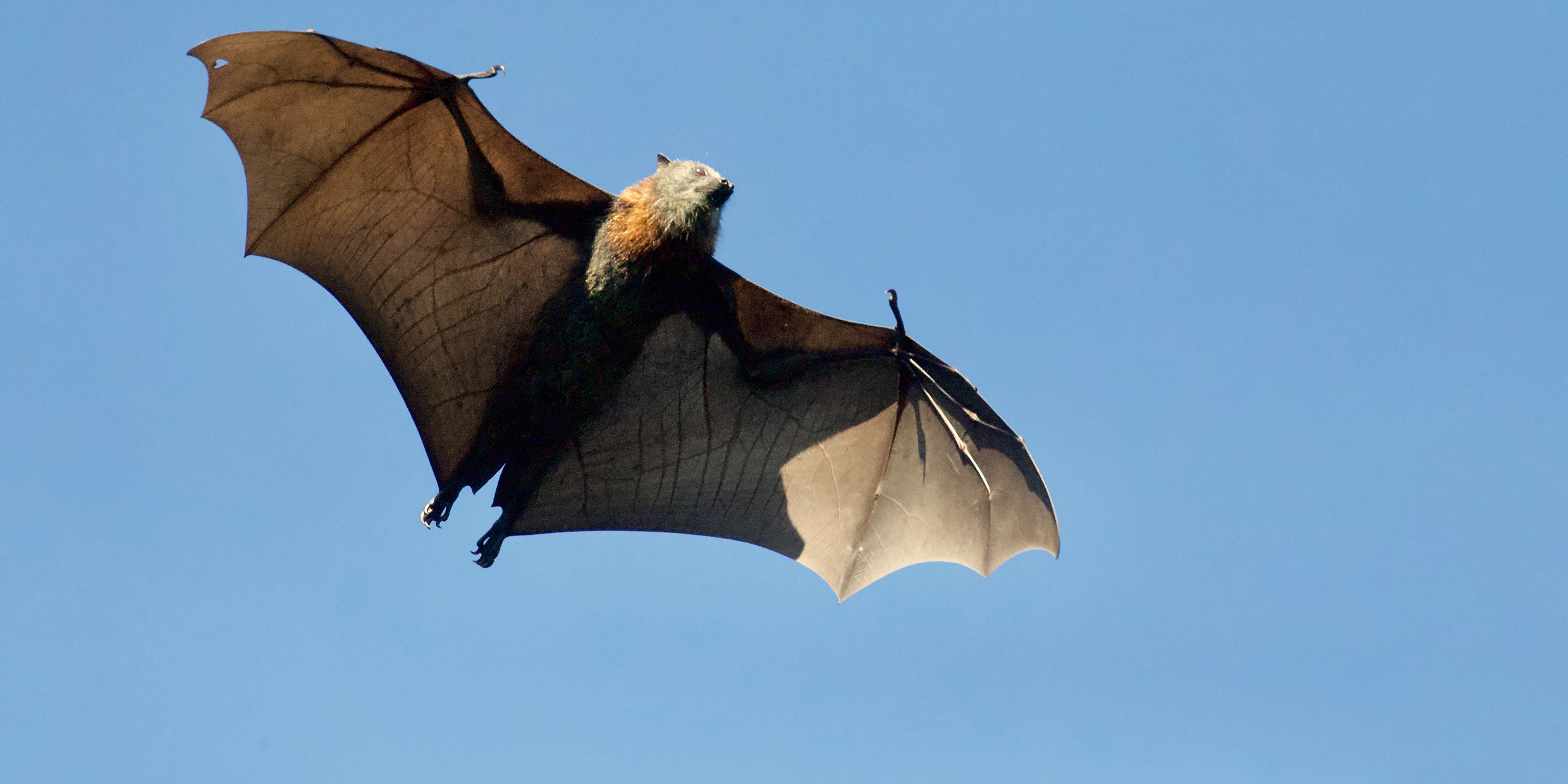Originally published 16 October 2001
They took the stage as representatives of “reason and wildness,” respectively, two articulate authors and thinkers who come at the world very differently.
E. O. Wilson, author of Consilience, influential naturalist, and one of the world’s best-known scientists, championed the power of the human mind to escape the limitations of our unaided senses and achieve something approximating objective truth.
Philosopher David Abram, author of the The Spell of the Sensuous, was the voice of wildness, respectful of science, but distrustful of reason that has lost its moorings in raw animal experience.
Appearing with Wilson at the New England Aquarium Environmental Writers Festival, Abram took scientists to task for using the metaphor of the machine to explain the natural world, and especially to explain organisms. Living things are not machines, he said, and should not be likened to them.
Science should draw its explanatory metaphors from the organic world, Abram stated.
His complaint is not uncommon among critics of science. The conservationist writer Wendell Berry recently penned an entire book, Life Is A Miracle, lashing Wilson (and, by implication, all scientists) for the mechanical metaphor. “Whenever one perceives living organisms as machines, they must necessarily be treated as such,” Berry wrote.
The complaint is worth examining.
It is certainly true that the mechanical metaphor is alive and well in science, perhaps especially in biology. Hardly a paper in the science journals fails to describe some aspect of organic life in mechanical terms.
A metaphor is useful as an explanation only if it is more familiar than the thing we are trying to explain. When the physicist Christian Huygens, who lived in watery Holland, described light as a wave, he was applying the familiar to the unfamiliar. When Alfred Wegener, who traveled extensively in the Arctic, imagined continents breaking and drifting like floating sea ice, he was doing the same thing.
The metaphor of the machine is widely used in science because machines are the things we understand best, for the obvious reason that they are our own creations. If a biologist describes the whiplike flagellum of a bacterium as a propeller powered by a rotary motor, well, we know exactly what that means because we invented propellers and motors.
It doesn’t explain anything to say a bat is like a bird, because we don’t understand birds any better than bats. But to say a bat’s wing is like an airfoil gets us somewhere because we understand how airfoils work, thanks to the mechanically minded brothers Wright.
Simply put, scientists use the metaphor of the machine because it works. Throw out the mechanical metaphor, and you throw out most of science.
But there’s more to it than this.
Maybe the mechanical metaphor works because it is more than a metaphor. Maybe our human inventions adapt ordering principles that are at work throughout nature. Maybe a bacterium’s flagellum and a ship’s propeller exploit the same laws of fluid dynamics that are built into the foundations of the universe. Maybe the bat’s wing is not like an airfoil; maybe it is an airfoil.
In other words, maybe the mechanical metaphor works for the same reason our machines work, because the world is mechanical. Or perhaps it is better to say that our human inventions and organic nature partake of the same deeply mysterious laws of nature that we call mechanical for want of a better word.
Although organisms may be mechanical in more than a metaphorical sense, they are not just machines, at least not any machines we can yet imagine. A bacterium is vastly more complex than any contemporary human invention. As our inventions get more complex, the artificial and organic worlds will converge. Computers will become intelligent, and victims of disease or accident will benefit from prosthetic limbs and organs.
If that is true, then our machines are different only in complexity, not kind, from the bat and bacterium, hurricane and galaxy, human heart and human mind. They are not just sources of metaphor; they are practical steps towards figuring out how the universe works, part of the great consilience, or universal understanding, that E. O. Wilson envisions and applauds.
But Abram is right, too, when he shrinks from the mechanical metaphor, because the metaphor carries cultural baggage. We live in a culture of expendable machines and planned obsolescence — throwaway cars, cameras, ball-point pens, and computers. As we use the mechanical metaphor to explain the organic world, we must be careful not to consider other organisms as candidates for our junkyards and landfills, to be used and then tossed away.
Bats and bacteria are not expendable. Of this, I am sure, Wilson and Abram agree.



